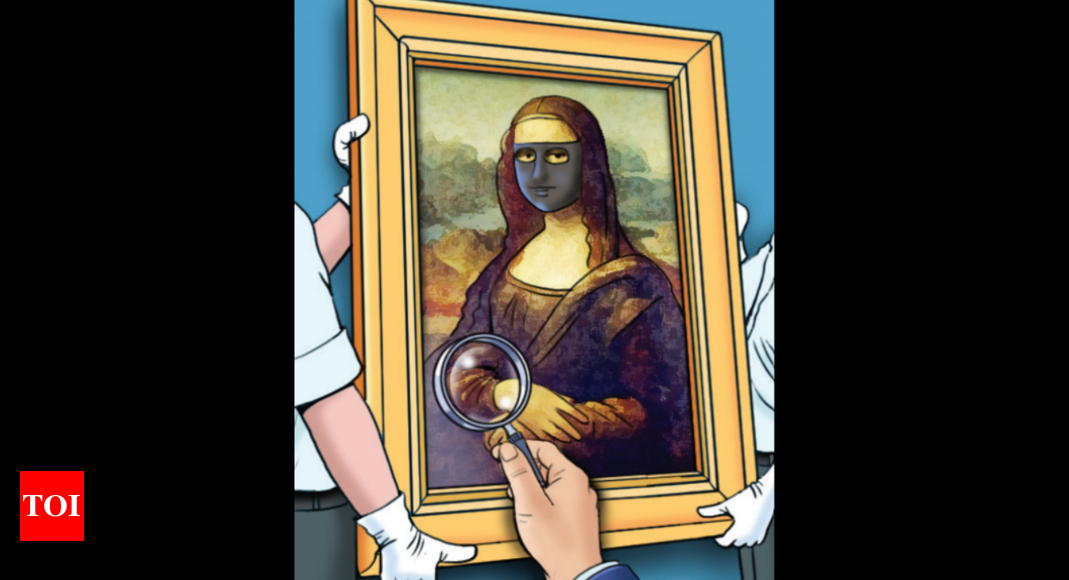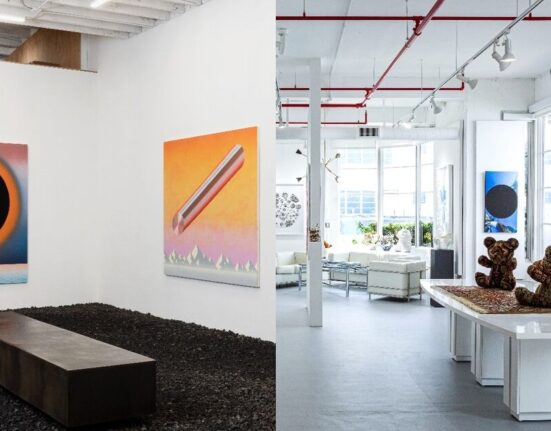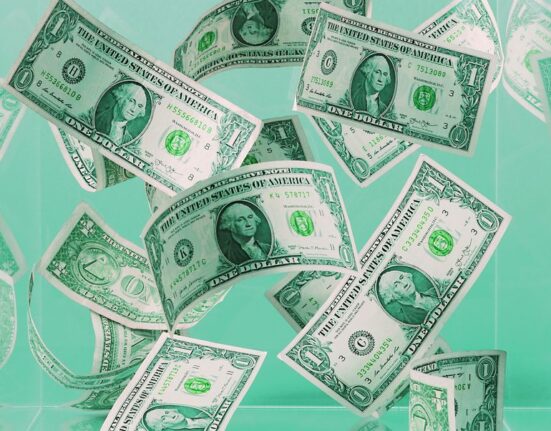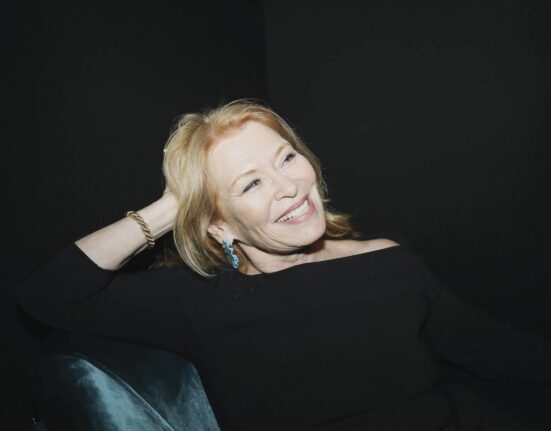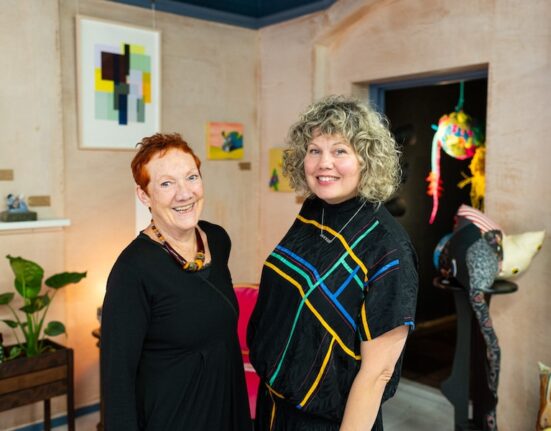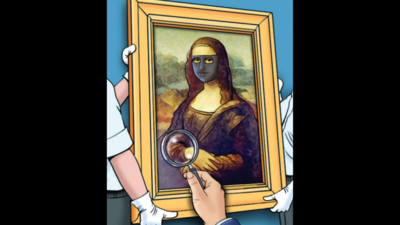
MUMBAI: Art watchers say they are more disappointed than shocked by the recent case of investment banker Puneet Bhatia being allegedly sold fake Manjit Bawa and F N Souza paintings, among nine others, for Rs 17.9 crore.
“I am not surprised,” says art critic Vishwas Kulkarni for whom the case brought to mind the fake art scandals of the early 2000s—a time when dubious art dealers saw much money to be made in the gold rush to have an M F Husain or a V S Gaitonde on the wall.
Notably, one Saturday in 2009, when S H Raza went for an exhibition of his own paintings at the Dhoomimal Gallery in Delhi, the then 86-year-old artist discovered to his shock that several of the artworks on display were fake.
Closer home in 2008, a Mumbai art gallery owner was held for selling fakes of artist Subodh Gupta. In 2004, two of Anjolie Ela Menon’s paintings, sold from a gallery in south Mumbai, turned out to be a fake. “People have been faking Raza and my artworks for many years now. Sometimes the same people fake it but you can’t do anything,” Menon had told TOI in 2009.
This fake market bloated as the art world became a profitable place to make a decent investment in the 2010s “a little like how shell companies became the norm for white-collar criminals in the wake of India’s economic boom,” says Kulkarni, who runs an art investment consultancy, emphasizing that there is now a huge informal market that remains unregulated.
“For every prominent banker who is visiting a local police station to file an FIR for being sold a fake Manjit Bawa, there are also a hundred prominent bankers who are not. Out of the shame of being duped or out of sheer ignorance,” says Kulkarni.
“It is easy to replicate certain artists’ works, especially if the artist is no more and the work cannot be authenticated,” says artist Brinda Miller.
F N Souza and Jamini Roy are among the names, says art historian Tasneem Mehta, managing trustee and director, Dr Bhau Daji Lad Museum.
Buyers should educate themselves about artwork by consulting with senior artists rather than placing complete trust in galleries, says art curator Satyendra Rane who came across a painting by Husain recently at a gallery whose owner claimed it was an original piece from 1976. Upon inspection, he noticed Husain’s signature, but the painting appeared fresh. “When I examined the back of the canvas, it was brand new. If someone claims a painting is from ’76, the canvas and paper should show signs of ageing,” he says.
However, replete with blowing machines that age artworks to imitate the wear and tear of time, techniques used by forgers and con artists have grown sophisticated. Earlier reports have pointed to Kolkata being a huge market for fakes. Canvases are treated with chemicals to make them appear old. “This tends to happen more with sculptures than paintings,” says a curator, adding that even 19th-century art is being duplicated.
If gallerists enlist the help of professionals to detect fake art, the scourge can be kept at bay. “But where are the labs?” asks a city-based curator. “Verification requires an in-depth knowledge of not only art history but also science to test things like signatures, strokes and lines. We simply lack that kind of expertise,” says the curator. Besides, signatures themselves can change with every passing decade, says Kulkarni.
In this backdrop, the best way to safeguard from fakes is to conduct what the industry calls a ‘provenance check’. “Provenance is a paper trail by which one can trace the journey of an artwork from point of origin (art gallery, artist studio) to end dealer,” says Kulkarni. Besides looking for literature published around the work, “one can also take help of art conservation teams to do forensic tests, etc, go to museums and galleries to view works on a regular basis, read articles, collect small works, try to connect with artists’ family or friends, and buy from well-known art dealers and galleries that have a good reputation,” says independent art advisor Abhinit Khanna, remembering the moment a few years ago when someone had approached him to sell a fake Tyeb Mehta. “We were able to figure it out by simply asking the Tyeb Mehta Foundation and the family to vet the work for us,” he says.
While Rane says it’s a safer bet to invest in artworks by living artists as it is easier to validate the authenticity of their works, Mallika Sagar, specialist and auctioneer at Pundole’s, says collectors should be especially wary of certificates of authenticity provided by artists or ‘experts’. Stating a number of works by modernists are being offered both within India and internationally, Sagar recommends seeking the advice of a knowledgeable specialist—“anyone you trust to have a good eye, experience and integrity”.

